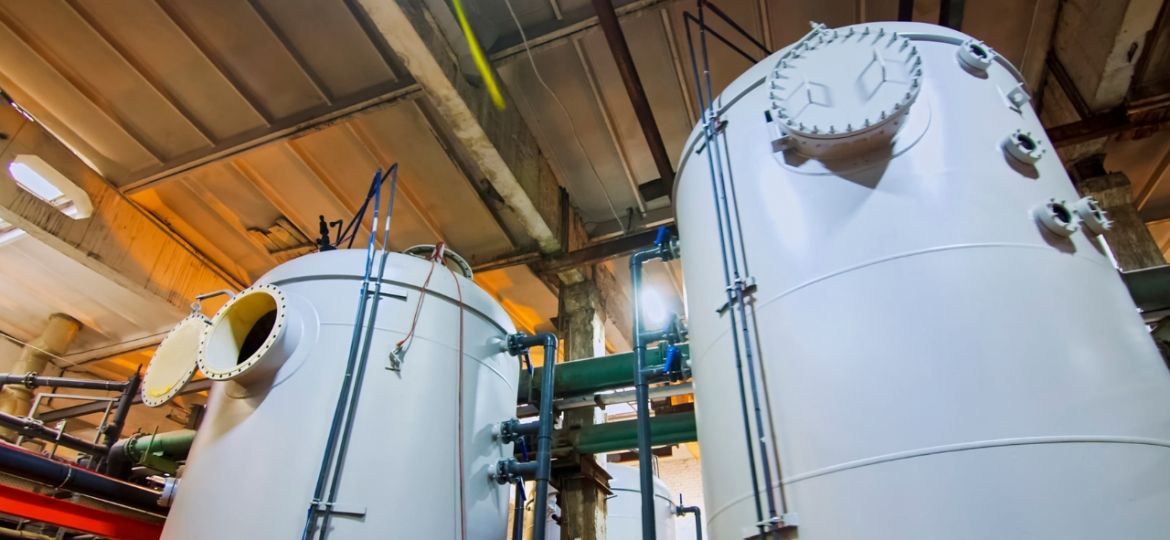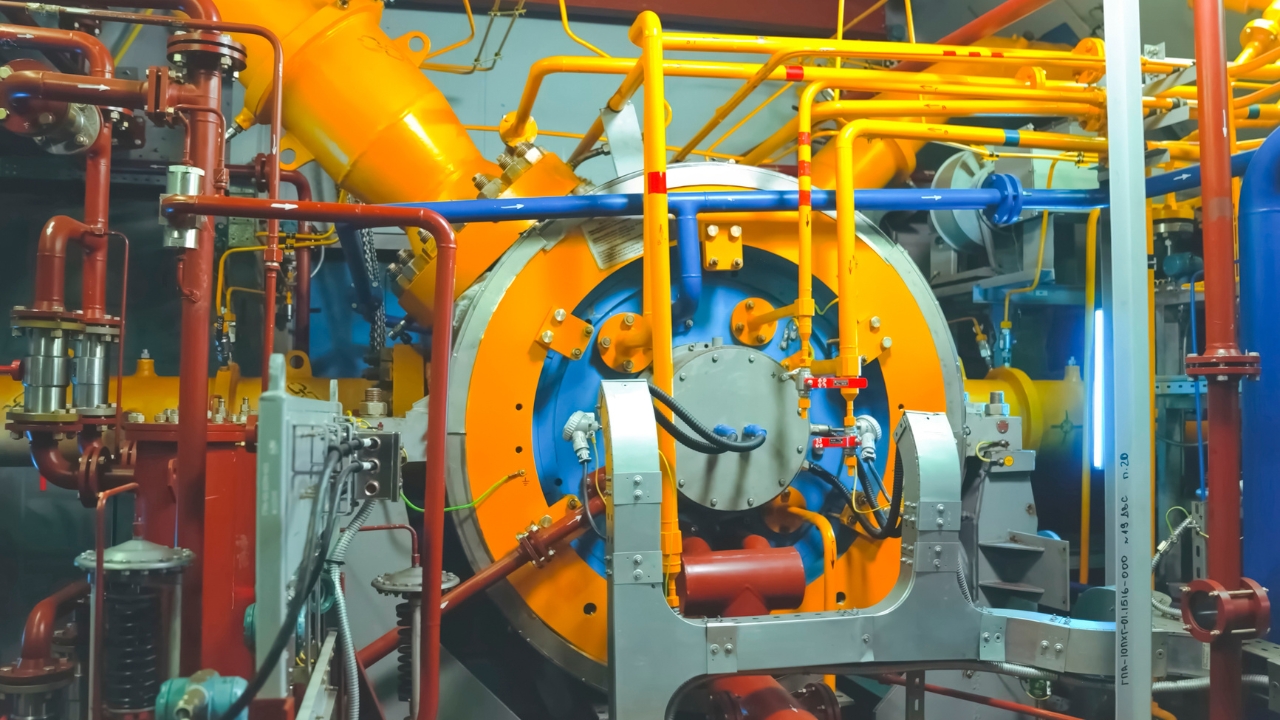

Pressure-Driven Membrane Processes help make medicine cleaner. They take out things you do not want. This makes the product better. These processes use less energy and fewer materials, so you save money. You can change the system for small or big batches. It is easier to follow safety rules and meet regulations.
What Are They
Definition
Pressure-Driven Membrane Processes are used in the pharma industry. They help clean and separate liquids. These processes use special filters called membranes. Pressure pushes the liquid through the membrane. The membrane lets some things go through but stops others. This makes the product cleaner by removing unwanted particles. It helps keep out things that should not be there. You can trust the results because the process is always the same.
Tip: If you want medicine to be safer, use these processes. They help you follow strict rules for purity.
Main Types
There are several main types of Pressure-Driven Membrane Processes in pharma. Each type is best for a different job:
- Microfiltration: This removes large particles and bacteria. It helps keep products clean.
- Ultrafiltration: This separates proteins and small molecules. It is often used to purify proteins.
- Nanofiltration: This filters out very tiny molecules like salts and small compounds.
- Reverse Osmosis: This gives the highest purity. It removes almost everything except water.
- Sterile Filtration: This makes sure no germs or viruses are left. It is very important for injectable medicines.
Each type helps you reach different quality goals. You pick the right process based on what you need to remove. These processes give you more control and flexibility in making medicine.
benefits of Pressure-Driven Membrane Processes
Purity and Contaminant Removal
You want your medicine to be very clean. Pressure-Driven Membrane Processes help you do this. These processes use special membranes to separate good things from bad things. The membranes work like tiny strainers. They let clean liquid go through but stop unwanted stuff, bacteria, and even small molecules like antibiotics or hormones.
You can count on these processes to get rid of many kinds of contaminants. For example, sterile filtration keeps germs and viruses out of injectable medicines. This step keeps patients safe and helps you follow strict rules for keeping things clean. When you use these processes, you lower the chance of bad substances in your final product.
Note: Cleaner products help make medicine safer for everyone.
Consistency and Reproducibility
You need every batch of medicine to be just alike. Pressure-Driven Membrane Processes give you control over this. The membranes work the same way each time. You set the pressure and pick the right membrane for your job. This means you get the same results every time.
In the pharma industry, it is very important to be consistent. Doctors and patients need medicine that works the same way each time. These processes help you avoid surprises. You can repeat the process and expect high quality. This makes your production more dependable.
- You get steady results.
- You make fewer mistakes.
- You earn trust from your customers.
Safety and Compliance
You have to follow many rules in the pharma industry. Pressure-Driven Membrane Processes make this easier for you. These processes help you meet safety standards and pass checks. They remove harmful particles and keep your product safe for patients.
Sterile filtration is very important for injectable drugs. It takes out bacteria and viruses, which helps you follow strict health rules. You also lower the risk of recalls or failed batches. These processes help your contamination control plan and keep you following the rules.
Tip: Using these processes can help you save money. You use less energy and fewer chemicals. You also avoid costly mistakes and product recalls.
You can use Pressure-Driven Membrane Processes for small or big batches. This flexibility helps your business grow and change with new needs. You can trust these processes to keep your products safe, clean, and ready for sale.
How They Work

Filtration Steps
Pressure-Driven Membrane Processes help clean and separate liquids. People in pharma use them to make medicine safer. First, you get the liquid ready for cleaning. You look for things like particles or bacteria. Then, you pick the right membrane for your job. Each membrane has tiny holes. These holes let some things pass but block others.
You use pressure to push the liquid through the membrane. The clean part goes through the holes. The unwanted stuff stays behind. You collect the clean liquid at the end. You check it to make sure it is good. You do these steps for every batch. This helps you get the same results each time.
Here are the main steps:
- Get the liquid ready for filtration.
- Pick the right membrane for the job.
- Use pressure to move the liquid through.
- Separate the clean liquid from the bad stuff.
- Test the final product to make sure it is pure.
Tip: Always check your membranes before you start. Clean membranes help stop contamination problems.
Applications
These processes have many uses in pharma. One big use is sterile filtration. This removes bacteria and viruses from injectable medicines. It keeps patients safe and helps you follow health rules.
Another use is protein purification. Membranes help separate proteins from other things. This step helps make better medicines. You can also use these processes to remove antibiotics and hormones.
These processes help stop contamination. They make products safer for people. You can use them for small or big batches. This gives you more choices and better results.
Note: Using these processes helps you meet safety rules and keeps your products clean.
Results
Quality Improvements
When you use Pressure-Driven Membrane Processes, your product gets better. These processes help take out small particles, bacteria, and chemicals from medicine. Your medicine is cleaner each time. You also lower the chance of contamination. This keeps patients safe and protects your products.
Sterile filtration makes injectable drugs safer by blocking germs and viruses. You can trust your medicine to meet health rules. You also make each batch more alike. This helps you avoid mistakes and keeps your good name.
Note: Cleaner products help you pass checks and keep your business safe.
Here are some ways you make quality better:
- Your final product is more pure.
- You lower the risk of contamination.
- Your production process is more steady.
Industry Examples
Many pharma companies use these processes for better results. For example, one company made a protein drug. They used ultrafiltration to separate protein from other stuff. The final product had fewer bad things and worked better for people.
Another company made sterile injectable medicine. They used sterile filtration to take out bacteria and viruses. Their drugs passed safety tests and got to market faster.
Some companies use these processes to stop cross-contamination between batches. This helps them avoid recalls and keeps their products safe.
Tip: Using these processes shows customers and regulators you care about safety and quality.
You see real gains in purity, safety, and trust. These results help your business grow and build a good name in pharma.
Challenges
Common Issues
You can have problems with Pressure-Driven Membrane Processes. Membranes sometimes get clogged. This is called fouling. It happens when particles or proteins pile up. The flow rate can slow down. The process might take longer than normal. If you do not clean membranes well, contamination can happen.
Picking the wrong membrane can cause trouble. You may not separate things right. You could lose important ingredients. Pressure changes can hurt sensitive products. Too much pressure can break proteins or molecules.
Sterile filtration needs careful work. If you skip checking filters, germs can get through. You should look for leaks or cracks in the system. Even small leaks can cause big problems.
Note: Checking your system often helps you find problems early. This keeps your process safe.
Solutions
You can fix many problems with good habits. Clean membranes often to stop fouling. Use gentle cleaners that do not hurt membranes. Change or rotate membranes on a schedule.
Pick the right membrane for each job. Test membranes with your product before making a lot. Watch the pressure closely. Use just enough pressure to clean without damage.
Check your sterile filtration system before every batch. Look for leaks, cracks, or worn parts. Write down every check and cleaning. This helps you find and fix problems fast.
Tip: Teach your team about contamination control and membrane care. This helps your pharma process work well.
Pressure-Driven Membrane Processes help make medicine better in pharma. They help you get purer products. You also use less energy. These processes help you follow safety rules. Sterile filtration keeps patients safe. It also helps stop contamination.
- Your products are cleaner.
- Your process works faster and better.
- You meet tough safety rules.
Tip: Try these technologies to make your products better. You can read guides or ask experts about membrane filtration.

